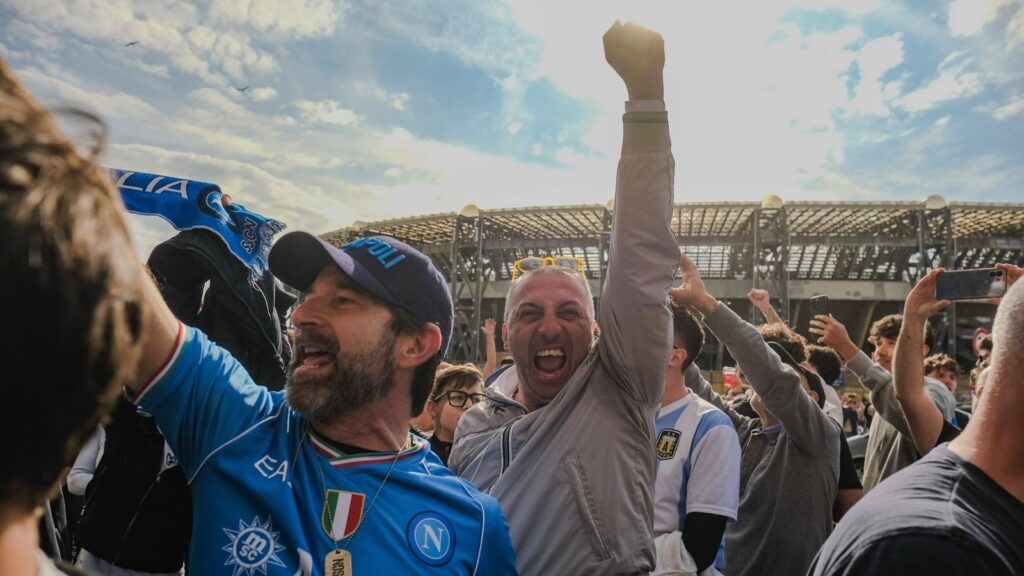Football is more than a sport – it has millions of passionate followers around the globe. Among these fans exists a peculiar grouping called “ultras”. Ultras are a bedrock in football culture. Their hallmark is utmost devotion, colorful spectacles and an intimate connection to their clubs. They are also associated with rivalries, controversies, and even occasional confrontations with authorities. This article talks about the existence of ultras intertwined into the world of football. We also analyse how ultras affect football contests from day one, their dedication and their controversies.
What Are Ultras?
Ultras are the groups of organized enthusiasts with an extreme passion and loyalty toward their club. The term “ultra” is derived from the Latin word meaning “beyond” or “extreme”. The term fits perfectly in defining them. The movement originated in Italy at the end of the 1960s. But it spread very quickly through Europe and to other regions. Unlike the regular fans, ultras get deeply involved in supporting their team. It is evident in chanting, singing, waving flags, placing banners and organizing coordinated displays called “tifos.” They attend almost every game, home or away, regardless of the team’s performance or weather conditions. For Ultras, supporting their team is a lifestyle involving identity and community spirit.
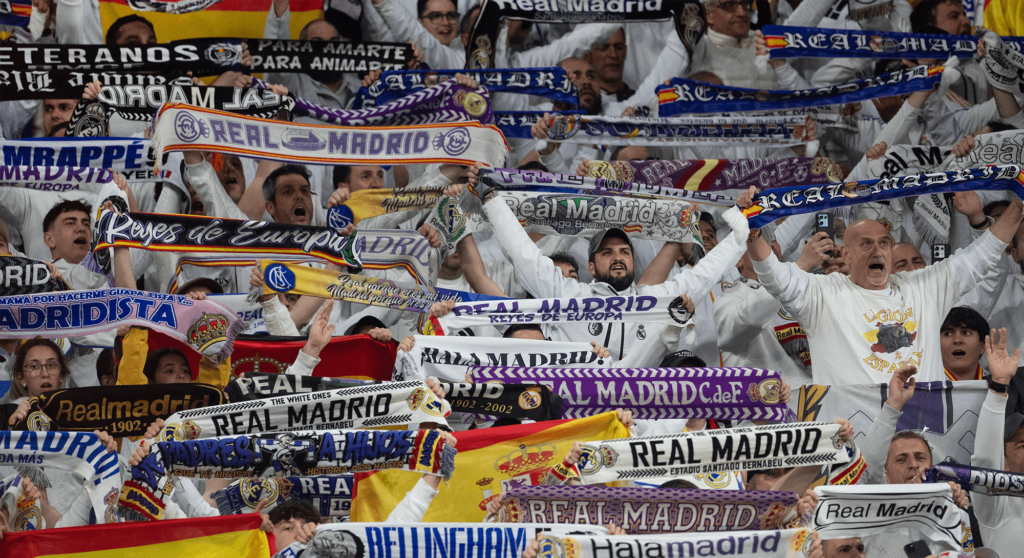
Dedication and Loyalty
The dedication among ultras is one of those breathtaking phenomena. They are often among the very first to get into the stadium and among the last to leave. Their loyalty transcends wins and losses. When their team is struggling or is in the lower divisions, the ultras carry on with their support.
Such loyalty masks the special relationship between ultras and their football clubs. Many organizations view themselves as the true custodians of the club’s identity and traditions. They step up to defend the honor of their team in many ways, both good and bad. Their constant backing can restore players’ morale. In some cases, it even influences the outcome of a match.

Visual Displays: Choreographies and Tifos
Transforming stadiums into colorful and lively places has become a trademark for the ultras. One of their greatest contributions to football culture is the staging of visual spectacles known as tifos. A tifo is a premeditated and prearranged operation usually consisting of gigantic banners. They are also paired with flags, smoke flares and some innovative artwork. These displays are used to show support for the team, celebrate victories, honor club legends, or intimidate rivals.
Tifos most often require many days of preparation. It also needs coordination among the ultras in designing the major visual. The breaks between the matches offer a panoramic view, especially during derbies or major club games. These choreographies are a canvas showcasing the creativity, teamwork, and passion of the ultras. Ultras have become an inseparable part of matchday experience for players and fans.
Fierce Rivalries
Rivalries run deep within the ultra culture. Ultras have ample affection for their own club as much as actual hatred for their greatest rival. Such rivalries may be geographical or historical or base themselves upon politicizing. One famous example is the rivalry between AC Milan‘s “Curva Sud” and Inter Milan‘s “Curva Nord” in Italy.
That’s why derby matches are so much more infringing upon this rivalry. Ultras prepare specific tifos relating to it. They gear up with louder chants and bigger elaborate displays aimed at dominating the atmosphere. Forged in the heat of passion, these fierce clashes bring excitement to football. Yet sometimes, it offers an alternative to violence in and outside the stadium.
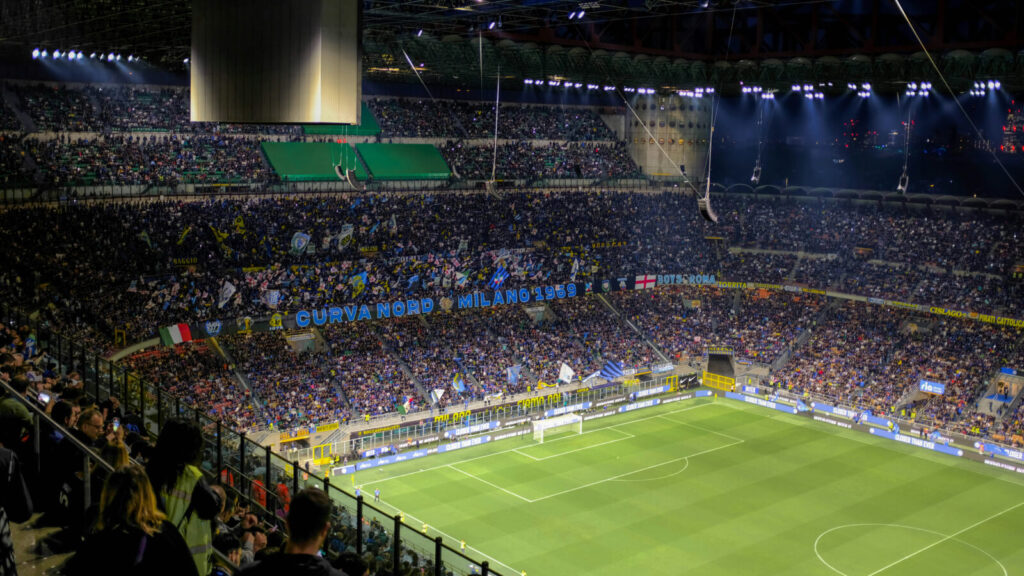
Controversies and Problems
Despite their passion and loyalty, ultras are often surrounded by controversy. One of the biggest criticisms of ultras is their involvement in violence. Clashes between rival ultras, fights with police, and dangerous use of fireworks have caused injuries and even deaths. Some countries also have a prevalent culture of football hooliganism. It involves organized violence between fan groups mostly on derby matches. Unfortunately, it is closely linked to ultra groups.
Another issue is the relationship between ultras and clubs. Some clubs respect and cooperate with ultras. Other clubs face problems due to the aggressive behavior or political views of certain groups. In some cases, ultras have staged protests against club owners, managers or policies they disagree with. This sometimes leads to conflicts with club authorities and even stadium bans.
Influence on Stadium Atmosphere
One of the most positive aspects of ultras is their incredible contribution to the stadium atmosphere. Their loud chants, songs and colorful tifos turn ordinary matches into unforgettable events. Players often admit that the energy from ultra groups pushes them to perform better on the pitch.
Ultras create a sense of unity among fans, making the stadium feel like a home fortress. The atmosphere they generate can intimidate visiting teams and motivate home players. Many famous stadiums, like Borussia Dortmund’s “Yellow Wall” are known worldwide because of their ultra groups.
Matches can feel dull in quieter stadiums. But in ultra-led sections, there is always nonstop chanting, drumming, and singing from the first to the last whistle. This culture ensures football remains an exciting and emotional experience for fans and players.
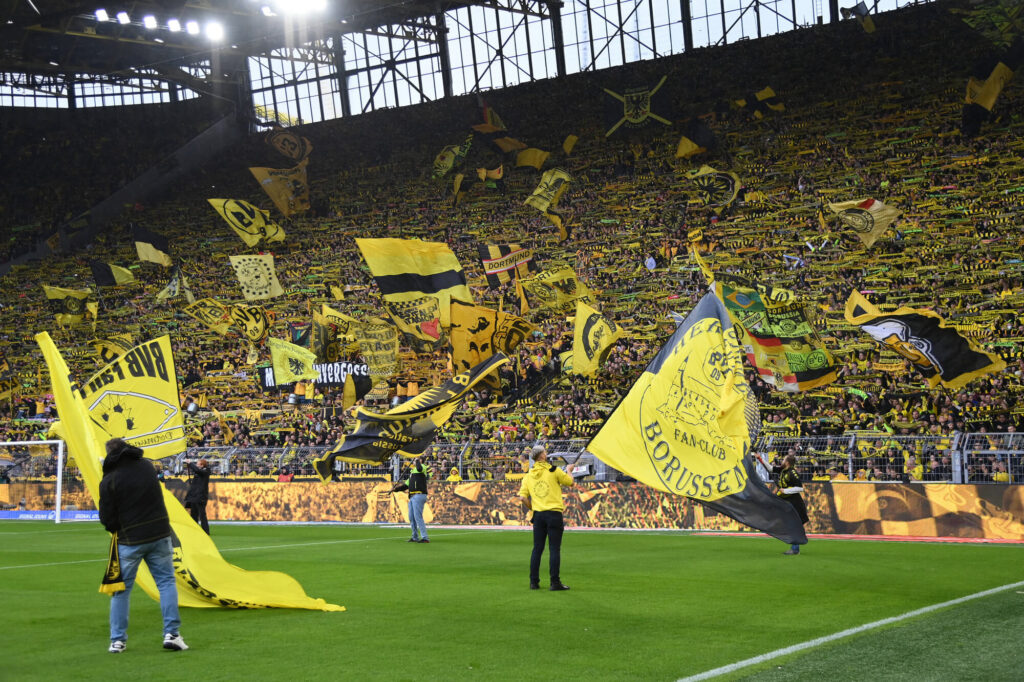
Relations with Clubs
Ultras often have a complicated relationship with their clubs. On the one hand, they are some of the most loyal supporters, always standing by their team. Many clubs appreciate their dedication, especially during difficult times when attendance drops. Even in such cases, ultras continue to show up in numbers.
Clubs sometimes clash with ultras due to their demands or protests. Disagreements about ticket prices, club ownership or match timings can also lead to boycotts. Some clubs have banned certain ultras or supporter groups to control negative behavior. But this usually leads to backlash from the wider fanbase.
In modern football, ultras often see themselves as protectors of tradition. They resist corporate changes that, in their view, take football away from its roots. This conflict makes ultras an important voice in the ongoing conversation about football’s future.
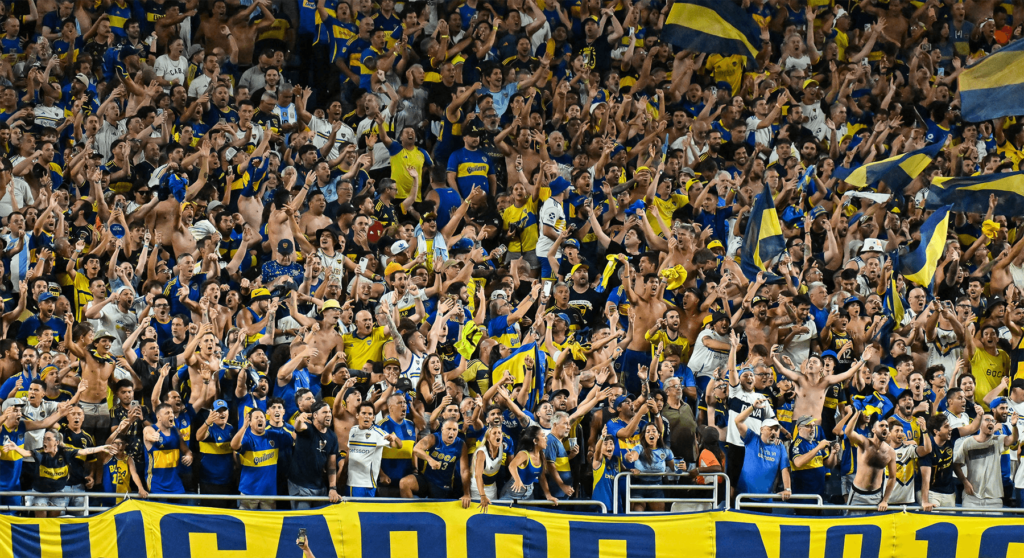
A Complex but Vital Part of Football
Ultras are one of the most fascinating and influential groups in football culture. Their dedication, loyalty and creativity bring life to stadiums. Ultras create an unforgettable match day atmosphere and stand as symbols of fan power and identity.
However, ultras also come with controversies. Despite them, their role in supporting clubs and creating special atmospheres remains unmatched. Ultras are both the heart and voice of many football clubs. They represent loyalty, passion and identity, and reflect the challenges of modern football. Ultras are here to stay and will continue to play a powerful role in shaping football culture.
